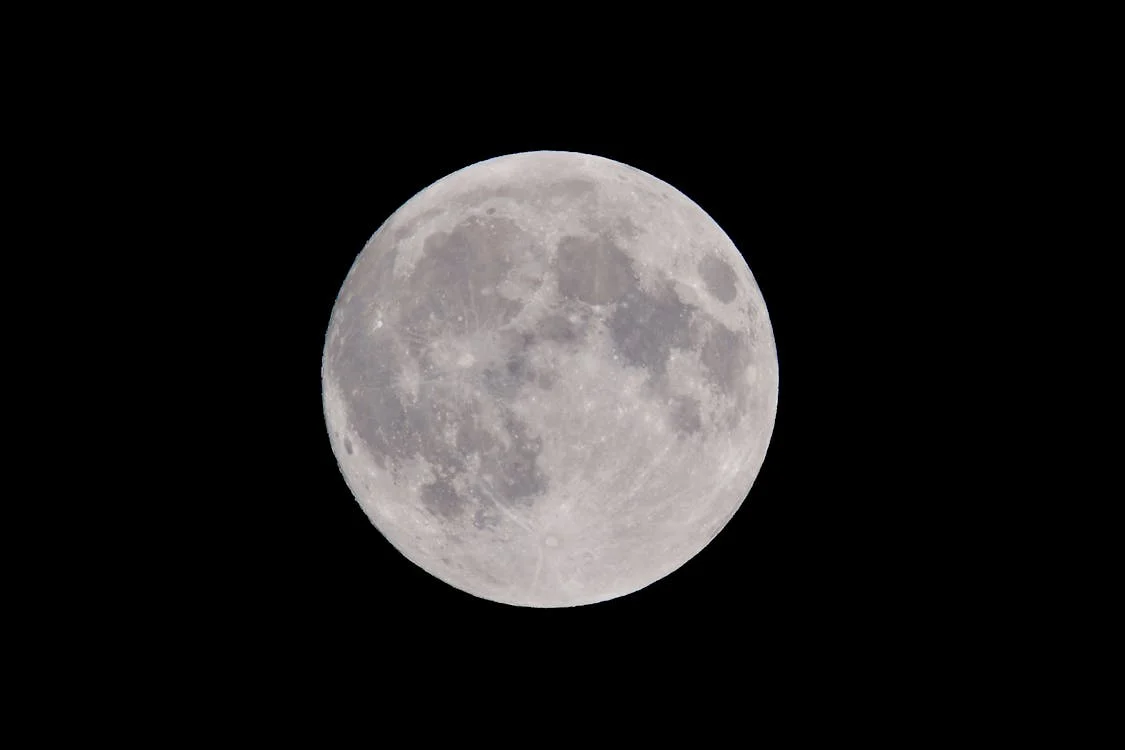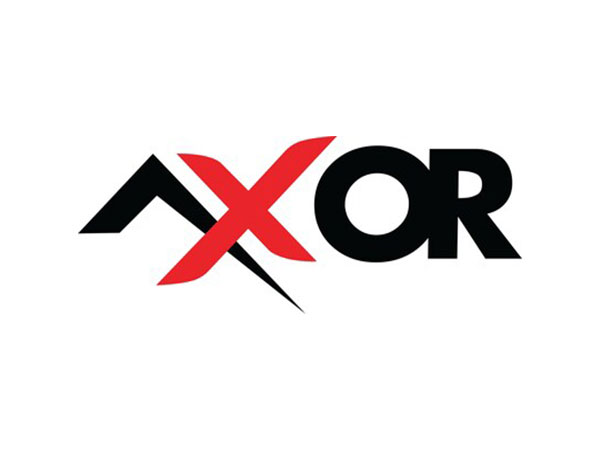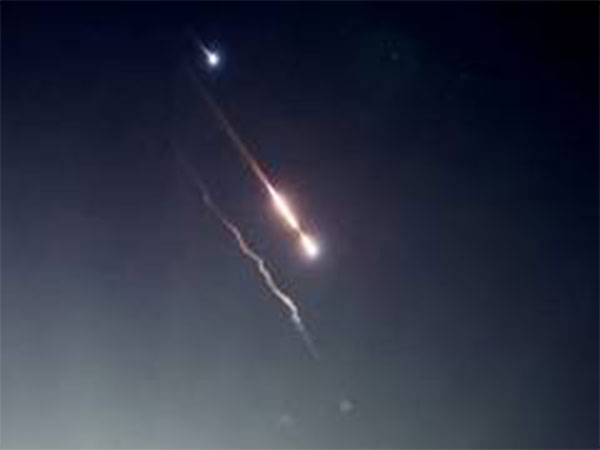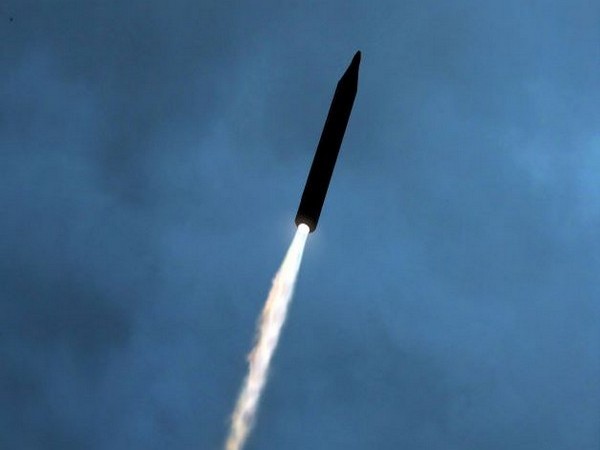NASA's Juno mission measures oxygen production at Jupiter's moon Europa
Mar 06, 2024
Los Angeles [US], March 6: Scientists with NASA's Juno mission to Jupiter have calculated the rate of oxygen being produced at the Jovian moon Europa to be substantially less than most previous studies, according to new findings.
The ice-covered Jovian moon generates 1,000 tons of oxygen every 24 hours -- enough to keep a million humans breathing for a day, according to the research published Monday in Nature Astronomy.
The findings were derived by measuring hydrogen outgassing from the icy moon's surface using data collected by the spacecraft's Jovian Auroral Distributions Experiment instrument.
Scientists believe that some of the oxygen produced by the moon could work its way into its subsurface ocean as a possible source of metabolic energy.
With an equatorial diameter of 3,100 kilometers, Europa is the fourth largest of Jupiter's 95 known moons and the smallest of the four Galilean satellites, according to NASA.
Scientists believe a vast internal ocean of salty water lurks beneath its icy crust, and they are curious about the potential for life-supporting conditions to exist below the surface.
The Juno mission was launched from the Cape Canaveral Air Force Station in Florida on Aug. 5, 2011, and arrived at Jupiter on July 4, 2016 after a five-year, 1,740-million-mile journey. The mission aims to explore the origin and evolution of Jupiter, the solar system, and giant planets across the cosmos.
Source: Xinhua








